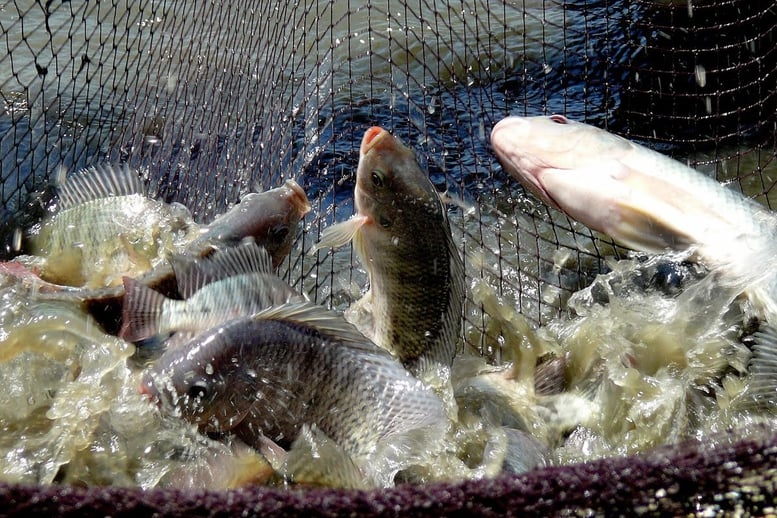
Global tilapia market expected to grow to $14.5 billion by 2033
Great growth opportunity
According to the Vietnam Association of Seafood Exporters and Producers (VASEP), the global tilapia market will reach a value of US$10.6 billion in 2024 and is expected to increase to US$14.5 billion by 2033, with a compound annual growth rate (CAGR) of 3.52%. Global tilapia production will reach 7 million tons in 2024 and is expected to increase to 7.3 million tons by 2025. Global tilapia consumption is increasing by 13% per year, with the potential to reach US$20 billion by 2030. In the US alone, the annual import demand for tilapia is up to 200,000 tons, creating great opportunities for exporting countries like Vietnam.
In Vietnam, tilapia exports in 2024 will reach 41 million USD, up 138% compared to 2023. Of which, red tilapia will reach 13 million USD, up 20%, and black tilapia will reach 28 million USD, up an impressive 348%. The US market is the biggest bright spot, with export turnover reaching 19 million USD, up 572%.
In the first quarter of 2025, tilapia exports continued to grow strongly, reaching nearly 14 million USD, an increase of 131% over the same period last year, of which the US accounted for 46% of the proportion with more than 6 million USD, followed by Russia (1.8 million USD) and Belgium (700 thousand USD). Markets such as the Middle East and Japan also recorded positive growth, reaching nearly 2 million USD (up 60%) and 992 thousand USD (doubled), respectively.
In fact, many tilapia farming models have helped people increase their income and economic life. In Ba Vi district, Hanoi, where rice cultivation has been developed for many years, some households have boldly sought a new development direction, which is tilapia farming. Tilapia has become a key product thanks to the application of modern farming technology.
According to the economic department of Ba Vi District People's Committee, households in Minh Quang commune have switched from rice cultivation to tilapia farming, achieving a yield of 8-10 tons/ha/crop, with fish reaching a weight of 0.4-0.5 kg/fish after 6-8 months of farming. Income from tilapia farming is 15-20 times higher than traditional rice cultivation, helping people stabilize their economy and create jobs on the spot. Tilapia products from Ba Vi are not only consumed strongly in the domestic market but are also exported to the EU and the US, thanks to quality certifications such as ASC and BAP.
Another example is in An Giang , where tilapia is raised in combination with pangasius in tarpaulin tanks, helping to increase productivity and reduce disease. An Giang stands out for its large-scale farming, producing high-quality tilapia that meets export standards. In 2024, the province recorded tilapia output of tens of thousands of tons, contributing greatly to the country's export turnover. The application of advanced technology, such as the RAS recirculation system, has helped increase survival rates and reduce production costs, creating a foundation for sustainable development.
The Department of Fisheries and Fisheries Surveillance has identified tilapia as one of the potential farming species to diversify the aquaculture industry, reducing dependence on shrimp and pangasius. Mr. Tran Dinh Luan, Director of the Department of Fisheries, emphasized that maintaining a stable source of raw materials is a key factor, especially when tilapia needs 5-6 months to reach commercial weight (600-800g/fish). In the second quarter of 2025, the Department will coordinate with relevant units to develop improved farming models, reduce feed conversion ratio, increase survival rate and optimize production costs.
The Department also encourages the expansion of tilapia farming areas in areas with favorable conditions, such as the North, where this fish species is in strong demand in both domestic and export markets. According to the report, by 2024, Vietnam will have about 30,000 hectares of tilapia farming area, with an output of 300,000 tons, with seed production reaching 1.09 billion. The goal by 2030 is to expand the farming area to 40,000 hectares, with an output of 400,000 tons, to meet increasing export demand.
According to the Department of Fisheries and Fisheries Surveillance, Vietnam has many advantages to develop tilapia, from the ideal tropical climate (27-32°C) to the large water surface area in the Mekong Delta (3,300 ha). Tarpaulin tank technology and RAS systems help increase productivity, reduce disease, while low production costs provide a competitive advantage. Trade agreements such as RCEP (reducing tariffs on China to 0% from 2025) also open up great opportunities to penetrate the Asian market.
However, the Vietnamese tilapia industry also faces many challenges. Seed quality is a major problem, with inbreeding causing slow growth and a fillet rate of only 33%. Diseases, especially TiLV virus, have reduced production by 15%, leading to some markets such as Brazil banning imports of Vietnamese tilapia from February 2024. Fish feed depends on imported sources, the supply chain is weak, purchasing prices fluctuate between VND45,000-51,000/kg, and logistics costs have increased by 12% due to the trade war. In addition, international competition is increasingly fierce, with Brazil increasing exports to the US by 79% in 2024, at prices of only about USD3/kg, and China constantly improving production to reduce imports.
To overcome challenges and seize opportunities, it is necessary to synchronously deploy many solutions. Enterprises should invest in researching high-quality breeds, such as GIFT and TiLV virus-resistant breeds, and expand modern farming systems such as RAS and tarpaulin tanks. Cooperating with domestic feed enterprises to be self-sufficient in supply, reducing production costs by 15%, is a practical direction. The Department of Fisheries and Fisheries Control also encourages improving processing, investing in automatic fillet lines, developing value-added products (such as smoked fish, snacks), and achieving international certifications such as ASC, BAP to meet the strict standards of the EU and the US.
Regarding the market, it is necessary to promote trade, participate in international fairs in the EU, the US, Japan, the Middle East and negotiate tax exemptions with the US (expected 4-7/2025). Applying blockchain technology to make the supply chain transparent and build a close link between the stages of breeding, farming, processing and consumption is a key factor. The government needs to support businesses with land rental funds, corporate income tax exemption, technical training and trade defense against anti-dumping lawsuits.
Do Huong
Source: https://baochinhphu.vn/car-ro-phi-san-pham-nhieu-trien-vong-trong-nganh-thuy-san-102250423144645522.htm


![[Photo] Prime Minister Pham Minh Chinh attends the event "Digital transformation of the banking industry by 2025"](https://vphoto.vietnam.vn/thumb/1200x675/vietnam/resource/IMAGE/2025/5/29/0e34cc7261d74e26b7f87cadff763eae)


![[Photo] Prime Minister Pham Minh Chinh receives leaders of Excelerate Energy Group](https://vphoto.vietnam.vn/thumb/1200x675/vietnam/resource/IMAGE/2025/5/29/c1fbe073230443d0a5aae0bc264d07fe)















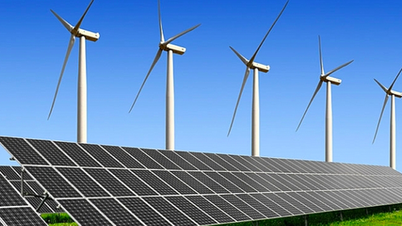



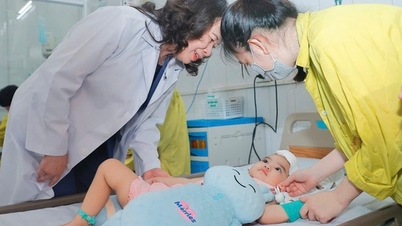





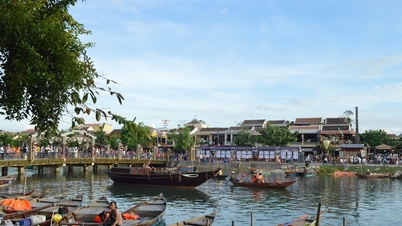

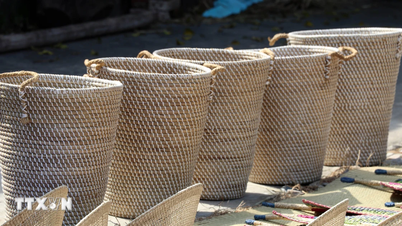














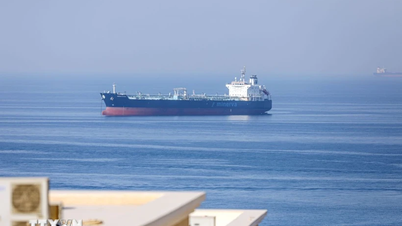





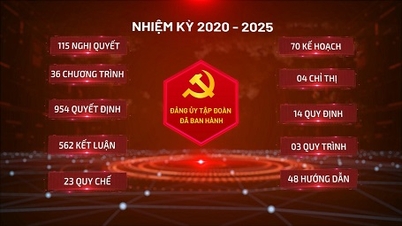
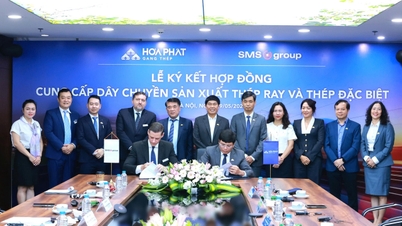
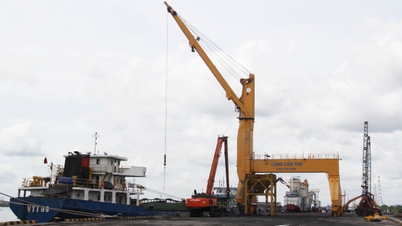







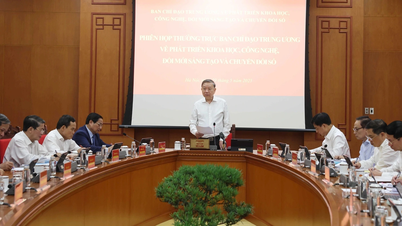



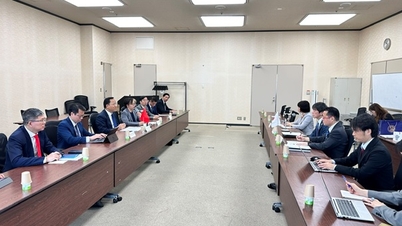

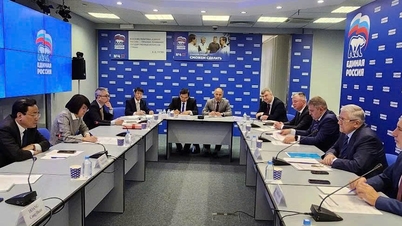

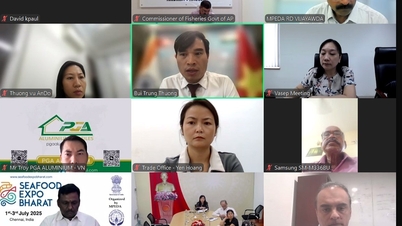





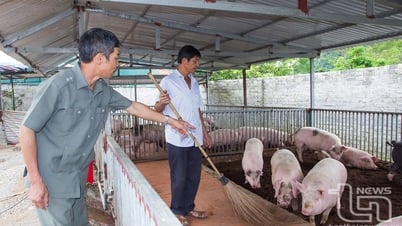
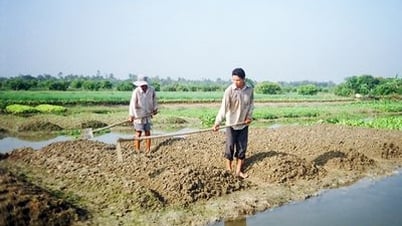


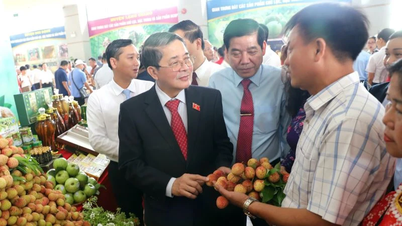



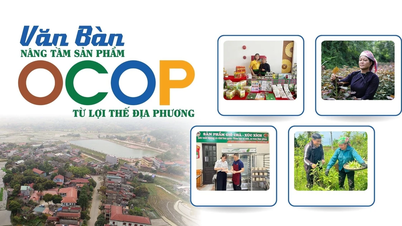


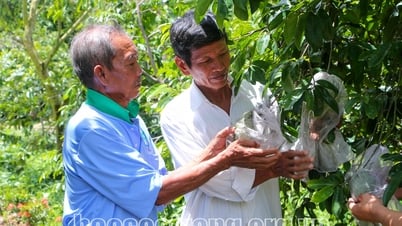

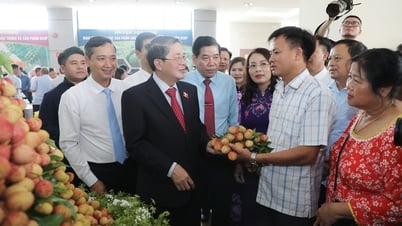




Comment (0)